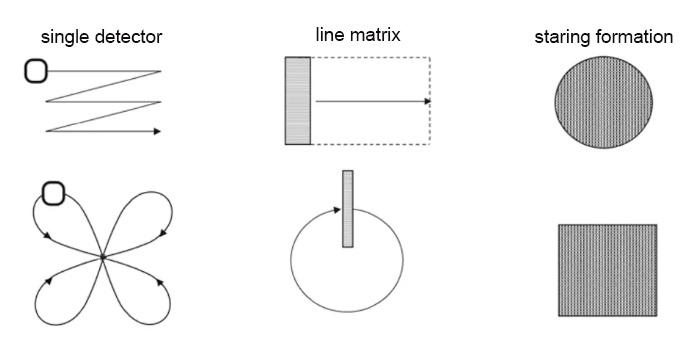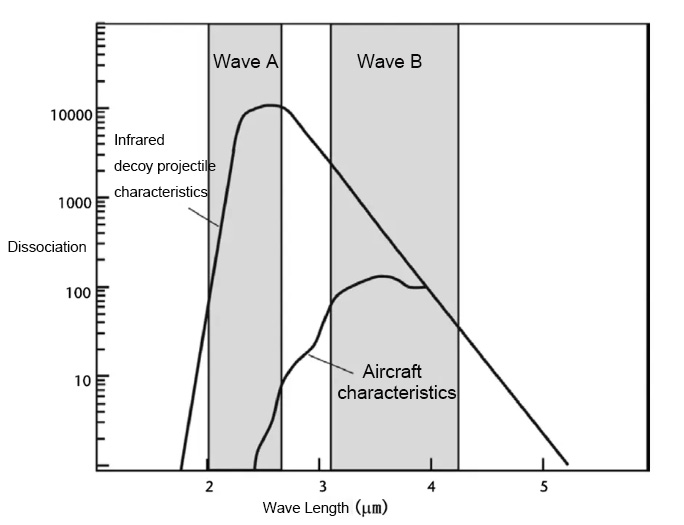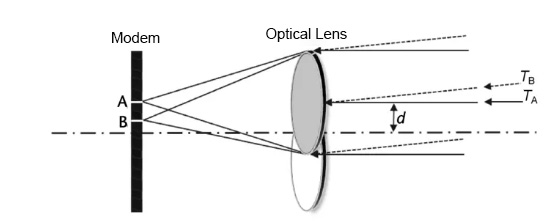Optical Thermal Imaging Camera
Oct. 13, 2023
Optical Thermal Imaging Camera
Optical thermal cameras are passive detection systems that operate at wavelengths of 3 to 5 μm and 8 to 12 μm, which can utilize temperature variations or gradients in the target scene at night and during the day to produce images similar to television footage. Therefore, photoelectric thermal cameras are also known as night vision devices.
There are two types of optical thermal cameras: Forward-Looking Infrared Systems (FLIR) and Infrared Search Tracking Systems (IRST). Forward-looking infrared systems (or photoelectric imagers) are used for surveillance, detection and identification of targets under ground reflective conditions. Infrared search and tracking systems are primarily used in ground-air or air-air operations and are capable of providing large search ranges and high angle detection of designated aerospace-type targets against the background of the sky, and subsequently tracked the target using lock-on tracking or scan-while-tracking.
The basic forward looking infrared system and night vision system consists mainly of an optical lens, a scanner/detector, a signal processor and a display.
The optical lens collects the electromagnetic radiation generated by the source and transfers it to the detector, which in turn converts it into an electrical signal. Optical detectors generally convert electromagnetic radiation by changing the resistivity (photoconductive detectors) or by generating an electric current (photovoltaic detectors). The electrical signals are then processed to improve the signal-to-noise ratio and to determine the position of the target within the reference coordinate system.
The detector portion may be a single detector, a line array comprising detectors, or a two-dimensional array. When the detector section is a single detector, two scanners are used to scan the target space, one rotating horizontally and the other vertically. The scanners scan the scene in both dimensions and afterward generate images of the objects sequentially in the display plane. Commonly used scanning methods include raster scanning and rose scanning. as shown in the picture.

When the detector part is a line array, the object space can be scanned by push scanning or circular scanning. For two-dimensional detector arrays, more resolution units are mapped in parallel onto a detector sensing surface called a focal plane array (FPA), which is utilized to gaze across the scene.
Detectivity is one of the main parameters that characterizes the material properties of a detector and is defined as the reciprocal of the detector equivalent noise power (NEP), where the equivalent noise power is the incident power at the detector output that can be converted to the detector end at a particular frequency bandwidth to produce an SNRrms=1.
Infrared missile guide
Infrared missile guides are passive and utilize the thermal energy emitted by the target in the infrared spectrum to track the target. As stated in the previous section discussing Planck's law for blackbody spectral radiation, the hotter the target, the more energy it radiates and the shorter its wavelength.
The hot components of aircraft engines typically have temperatures of 1300 to 2000 K and peak energy radiation at wavelengths of 2 to 4 μm. The first generation of infrared missiles used uncooled lead sulphide detectors with a maximum resolution of 2 μm. Such missile guides were limited to tailgating situations because they had to track the hot turbines in the exhaust of the engines of the target aircraft.
Evolution of infrared guides
Early guide heads used various forms of rotating modulation disks in front of the detector to suppress background radiation and encode the target position. In later generations of guides, the modulating disk was gradually replaced by techniques such as continuous scanning of the target by a small instantaneous field-of-view detector or the use of the light-sensitive surface of a focal plane array detector (which acted as an imager) to gaze at the target.
There is also dual recognition technology, which uses two detectors at the same time, each responding to a different spectral band. This technique can distinguish between decoys and real target aircraft.

1.Guide head with static modulation disk and rotating lens

2. Conical scanning guides
Conical scanning guide lenses are generally used to rotate targets very close to the edge of the modulation disk. This produces a maximum FM depth for a particular angular error, resulting in a more accurate tracking loop. It also allows for anti-IR rounds, which leave the modulation disk faster than the rotational scanning cycle.
Infrared missile detection range
Infrared missile guides have the same performance in terms of detection performance as infrared search and tracking system (IRST) sub ah, since the latter is also related to several factors such as target temperature, atmospheric transmittance ratio, system optics, and detector sensitivity.
CLZ Optical Co., Ltd. is dedicated to the production of high-precision optical components, from design to production, from production to sales integration, we are deeply engaged in the optical industry for many years, equipped with first-class machinery and production technology. Our main products include spherical lenses, cylindrical lenses, optical windows, optical prisms and so on. These include optical domes, optical prisms, etc., and are widely used in various fields, which involve the various infrared detector mentioned in this article. In addition, we can provide customized services for customers with a variety of substrate materials, including fused quartz, sapphire, optical glass, silicon, etc. Please contact us free time if you have any needs!!
Previous: What are Coated Achromatic Lenses?




















